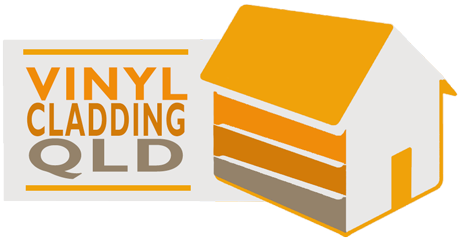Things to consider when cladding your house
Recently, people all over Australia have experienced an influx of extreme weather conditions, from flooding to windstorms, causing heavy damage to properties.
A great amount of damage could have been avoided, if the properties were protected with the right cladding materials. It is estimated that the climate change will worsen the weather all over Australia. Hence, many homeowners in the country are looking for ways to protect their home from the elements.
Cladding your house is the best way to protect your home from outside elements. It also helps insulate your home well and gives you excellent design freedom.
While considering cladding your house, you need to choose a suitable material. Wood, vinyl cladding, metal, aluminium and fibre cement are some of the cladding house materials commonly used in Australia.
While choosing a material, you need to consider the protection capability, weathering, aesthetic appeal, maintenance, renewability, compatibility and cost.
Protection using cladding
The material you want to choose should have robust characteristics. Cladding your house with vinyl or metal ensures durability and protection. Metal cladding never breaks or cracks.
If you choose aluminium cladding, it helps avoid corrosion. It is the best choice, if you live nearby ocean.
Vinyl cladding resists impact and it does not rot or crust. Fibre cement cladding is also an excellent choice, as it is not susceptible to infestation and rot. It is water resistant, termite resistant and non combustible.
Weathering
Vinyl cladding is effective in offering the best possible moisture protection. Wooden cladding is permeable and it can drench up dampness into the house during heavy rains.
Cladding your house with vinyl offers excellent protection against wind. Wood cladding tends to warp and peel overtime, which allow more moisture into the home.
Vinyl cladding, on the other hand, has the ability to withstand elements. Vinyl siding does not scratch or dent.
If you live in an area that is susceptible to salt air from the ocean and hot dry climate, you can consider metal cladding.
Aesthetic Appeal
Cladding your home not only helps protect it from outside elements, but also enhances the look of your house. It adds to the decorative touch of the house. Hence, aesthetic appeal is an important factor to be consider while choosing the cladding material.
However, for aesthetic appeal, you should not compromise the main function of cladding- protection. Stone and wood cladding look great and give unsurpassed style and luxury to your home.
If you like the look of wood, but do not like the cost and hassles associated with it, you can go for fibre cement cladding. It is available in a range of textures, which offer the appearance of wood.
Maintenance
Cladding your house with vinyl cladding offers you the advantage of easy maintenance. You can wash it easily with a mild detergent and a sprayer. Vinyl cladding never fades or warps.
Metal cladding requires regular maintenance. You need to paint it once in every few years to maintain its durability. Fibre cement cladding requires low maintenance when compared to metal or wood cladding.
Renewability
If renewability is your major concern, vinyl cladding is the only choice. However, you need to do regular maintenance and upkeep.
Cost
When cost is considered, cladding your house with vinyl is the best choice.
[contact_form]

